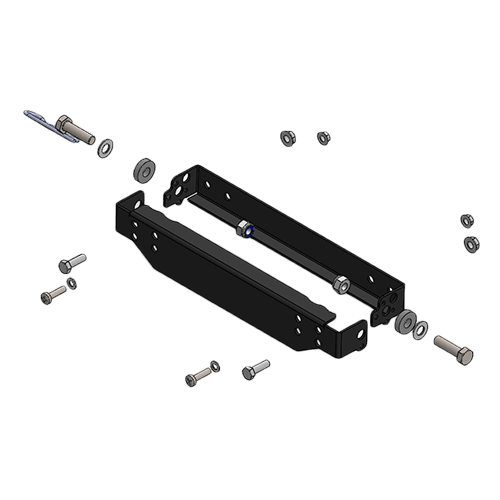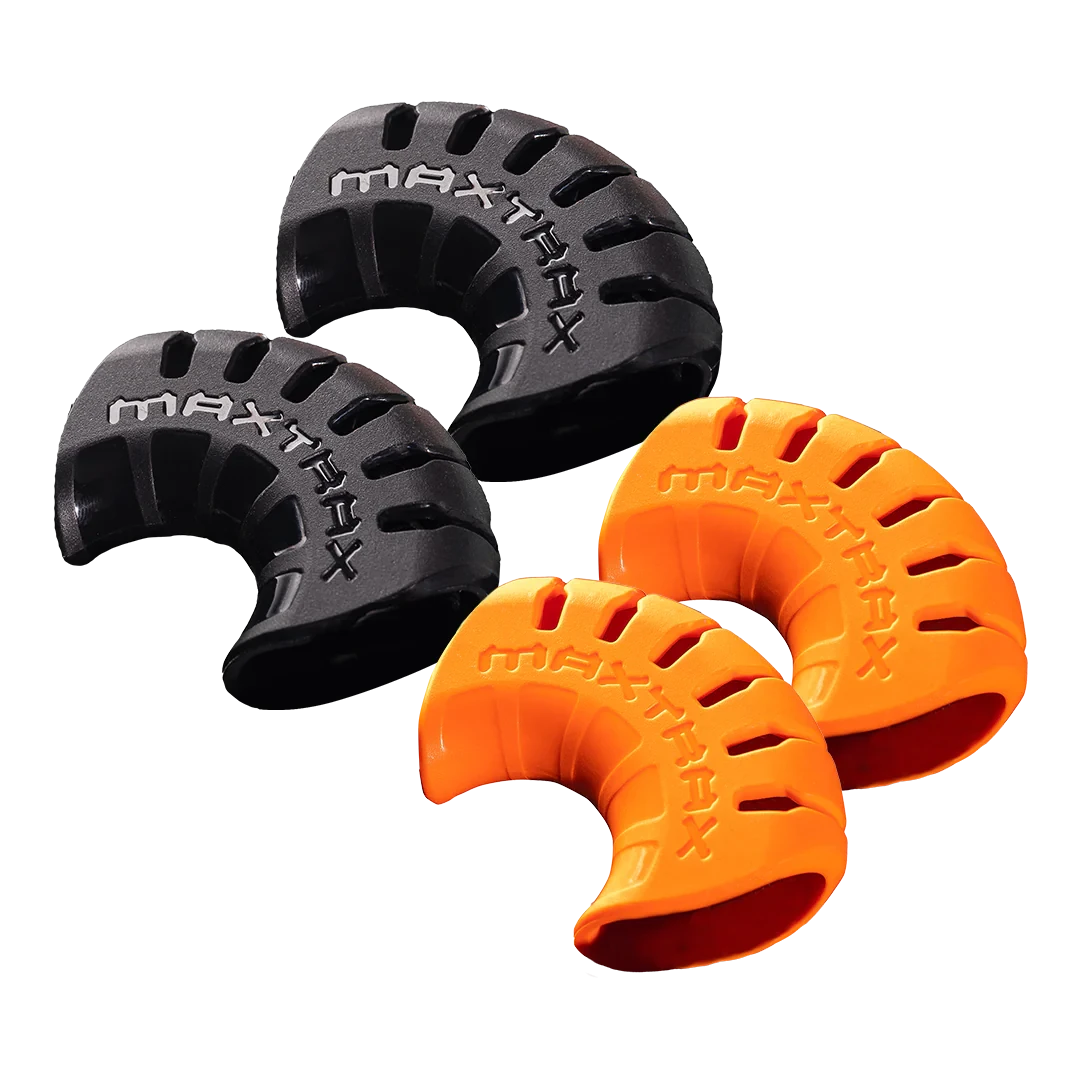Hill Ascent & Descent Techniques
Driving a steep hill can be a risky behaviour. It is important to take precautions before driving hills in your 4wd vehicle. We have accumulated some techniques for hill driving that will help you tackle that next hill.
Hill Ascent
It is usually best to tackle a hill-climb that’s any kind of challenge in low range. Although you may be able to reach the top of a hill-climb in 1st high, it doesn't leave you with any lower gears if the necessity arises. By using say 2nd or 3rd low range in lieu of 1st high, you have lower gears available if needed. In the event you run out of gears on a hill-climb, you may must back down to the bottom of the hill and start again. Most 5-speed gearboxes permit vehicles to travel up to 60km/h in low range, so you don't must be continually swapping between high and low range as you travel between hills. Diesel vehicles are usually better for hill ascents and descents as they usually have better low rpm torque for climbing the hill and higher engine compression for descending. However, in long sandy hill ascents, where traction is low and a run-up is necessary, the greater power of petrol engines can be an advantage.
Hill Descent
When descending hills, you ought to always be in low range & have chosen the gear necessary before descending. You ought to always avoid braking on downhill sections as you run the risk of locking up your wheels, causing a slide. Engine braking slows the vehicle without causing wheel lockup. However it is better to make use of the brakes than permit the vehicle to 'run away' & pick up speed. Always apply the brakes gently, than applying them abruptly & risking a wheel lockup.
Often hills get steeper the further you go down, so its best to be in 1st low from the outset than having to try & alter gear halfway down. When changing down a gear while descending, it is best to be feathering the brakes as you depress the clutch, as otherwise the vehicle freewheels while the clutch is depressed & picks up speed. It is much better to be in low a gear & travel down slowly than be in high a gear & have a potentially risky situation arise.
4wd Rollover
The type of terrain will also affect the sideways rollover angle. In sand, mud or other soft terrain the weight transfer to the downhill wheels will cause them to sink, increasing the actual slope angle. So what may appear a suitable angle on firm terrain may lead to a rollover on soft terrain. Hills ought to always be tackled straight up or down and sideway slopes avoided like the plague. A vehicle has to be at an extreme angle for it to roll head to tail, whereas a sideways roll can occur at much more modest angles. The way your luggage is packed has a pronounced affect on the angle a vehicle will roll sideways. You ought to keep away from placing containers of additional fuel and water on the roof of your vehicle, as this will significantly decrease the angle at which a rollover is feasible. This happens because the additional weight on the top of a vehicle increases the 'centre of gravity'. Heavy gear ought to always be packed low inside the vehicle while only lightweight gear ought to be placed on roof racks.







